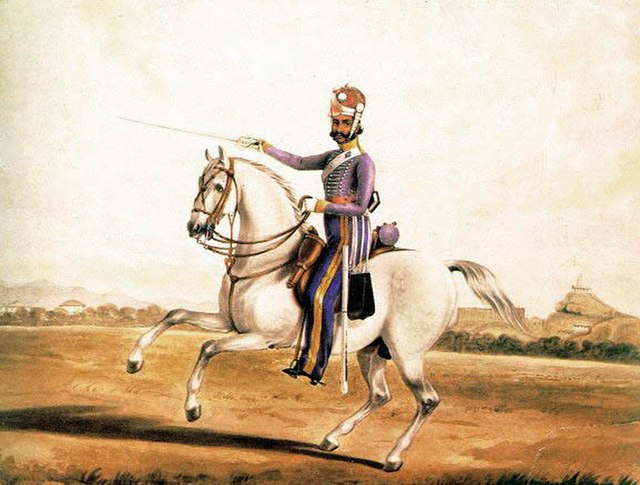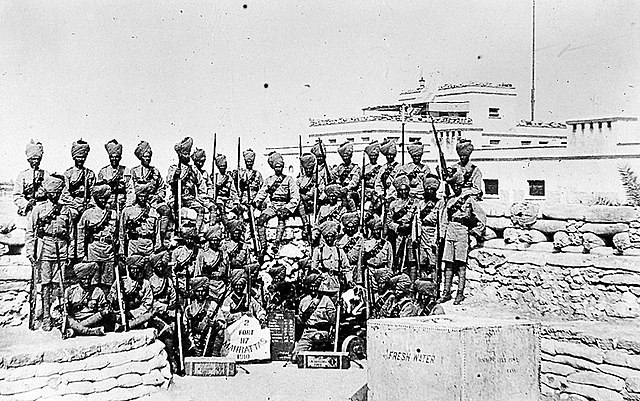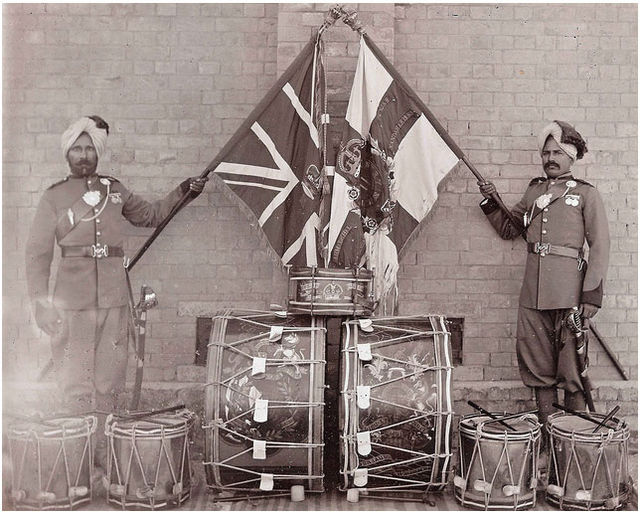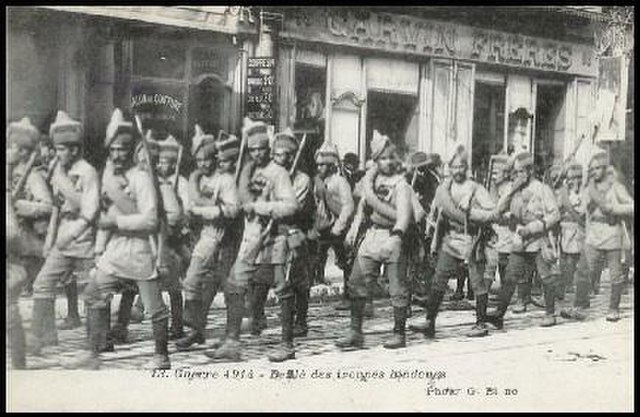The Northern Command is a Command of the Indian Army. It was originally formed as the Northern Army of the British Indian Army in 1908. It was scrapped upon India's independence in 1947 and later re-raised in 1972. Currently, the XIV Corps (Leh), XV Corps (Srinagar), I Corps (Mathura) and XVI Corps (Nagrota) are under its control. Its present commander is Lieutenant General M. V. Suchindra Kumar.
Insignia of Northern Command
Dhruva War Memorial, Udhampur
The Indian Army during British rule, also referred to as the British Indian Army, was the main military force of the British Indian Empire until 1947. It was responsible for the defence of both British India and the princely states, which could also have their own armies. As quoted in the Imperial Gazetteer of India, "The British Government has undertaken to protect the dominions of the Native princes from invasion and even from rebellion within: its army is organized for the defence not merely of British India, but of all possessions under the suzerainty of the King-Emperor." The Indian Army was an important part of the forces of the British Empire, in India and abroad, particularly during the First World War and the Second World War.
A painting showing a sowar of the 6th Madras Light Cavalry, c. 1845
117th Mahrattas at a fort in the North West Frontier, India, 1909
Flag party of the 52nd Sikhs (Frontier Force) at Kohat, with their regimental colours in 1905
Punjabi Muslim soldiers, France, WW1






